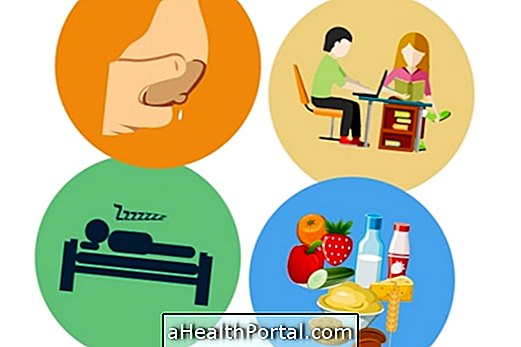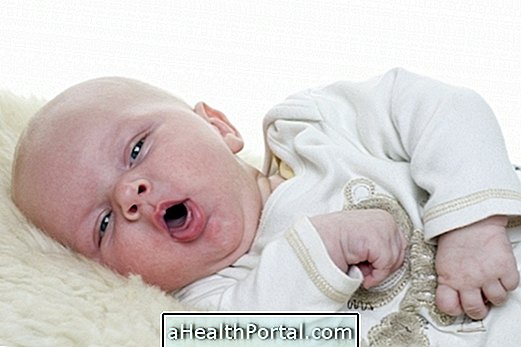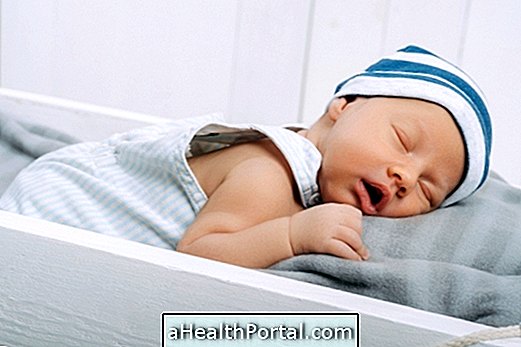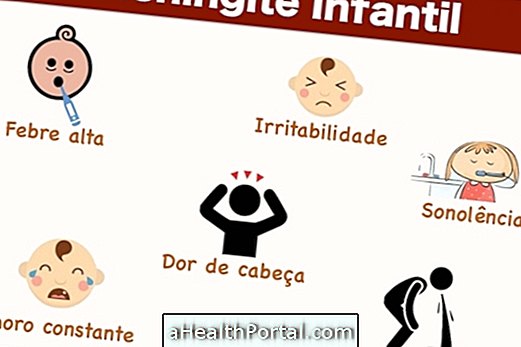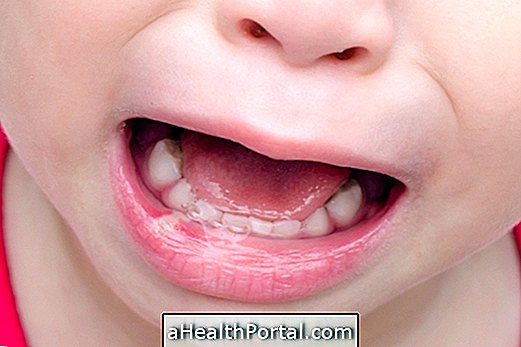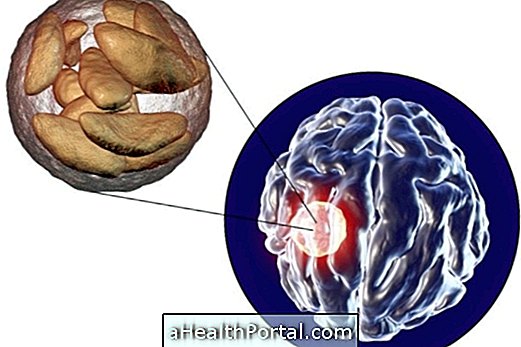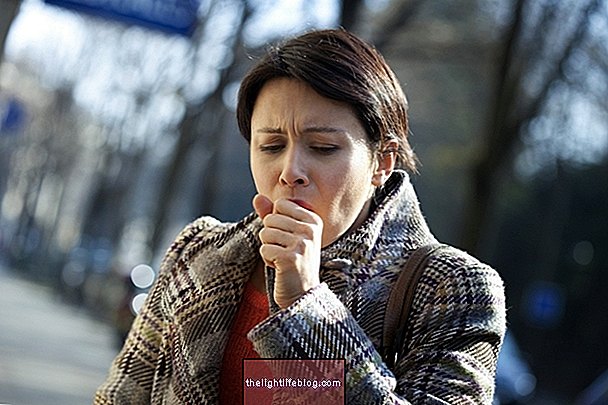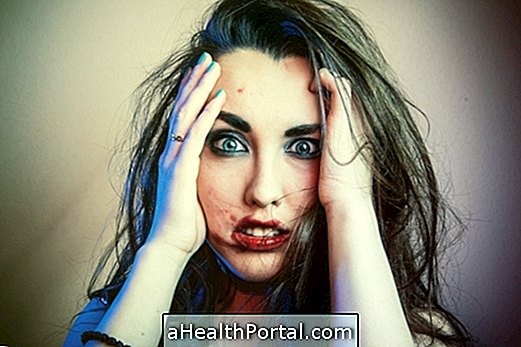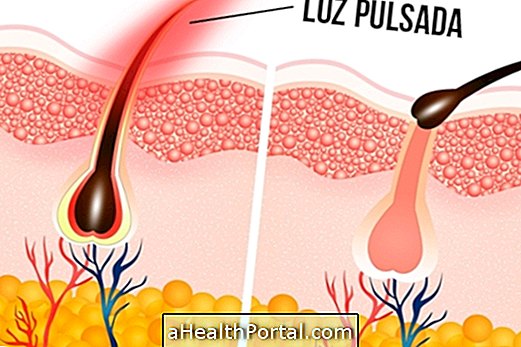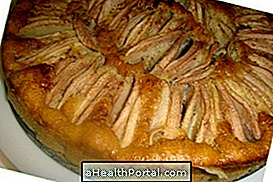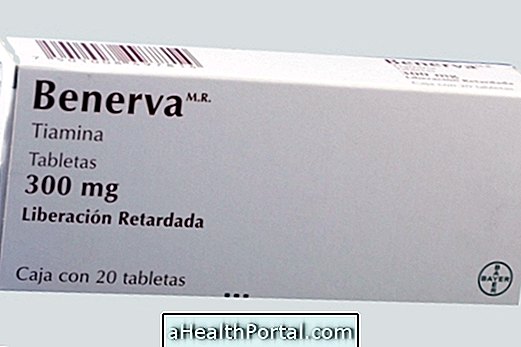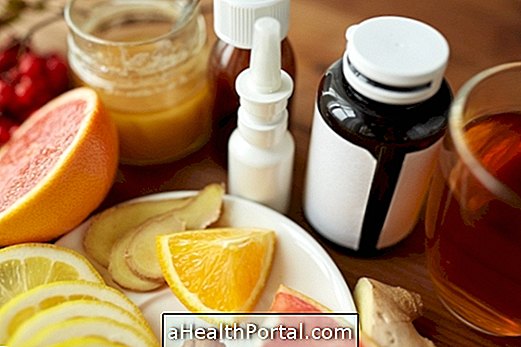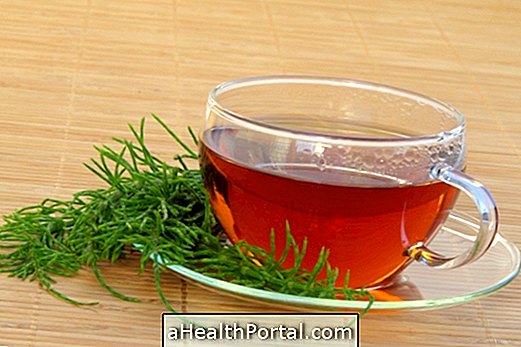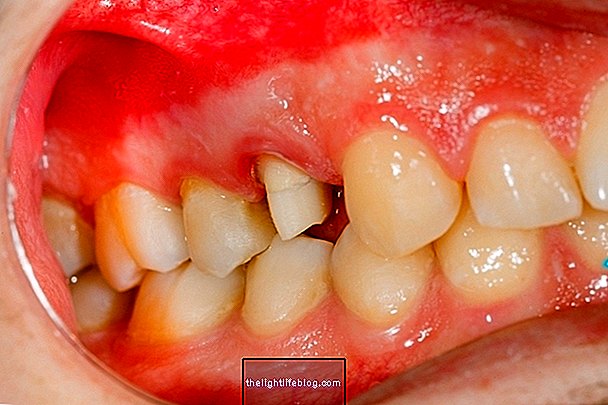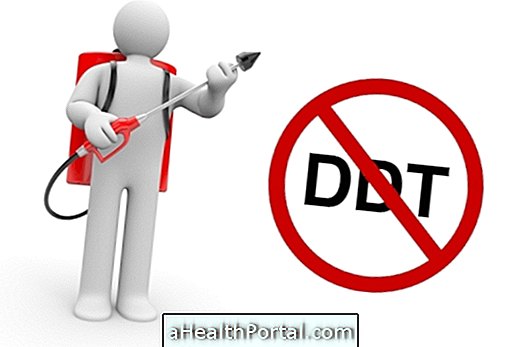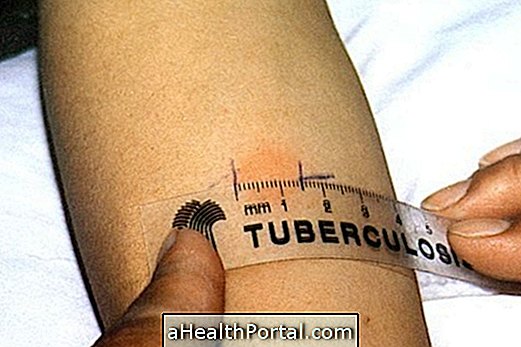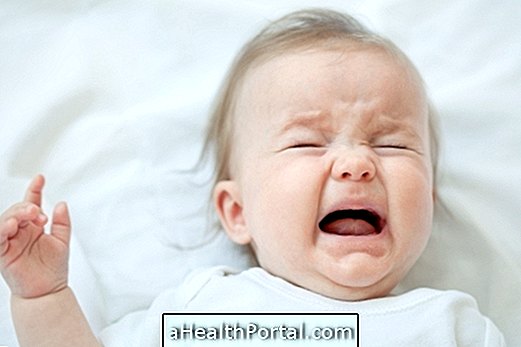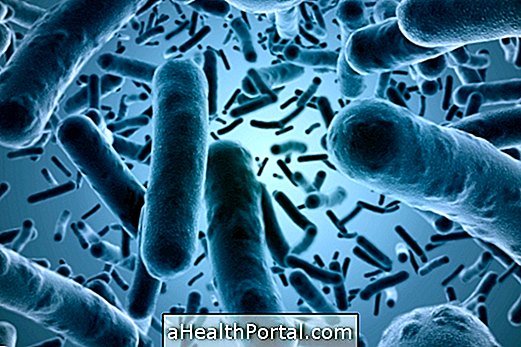Red spots on the baby's skin may appear due to contact with an allergenic substance such as creams or insect stings, for example, or to be related to various skin diseases such as rash or dermatitis.
Therefore, it is very important to call or consult your pediatrician to make the diagnosis and guide the appropriate treatment as soon as there are red spots on the baby's skin, especially if he has other symptoms such as fever, persistent crying or skin sores.
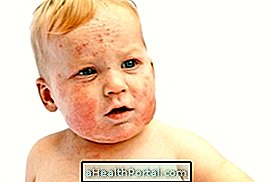
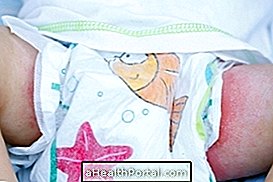
1. Allergic dermatitis
How are the spots: reddish, itchy, and skin peeling, swelling and appearance of small blisters on the spot. Allergic dermatitis stains may appear as soon as the baby comes in contact with the allergen or it may take up to 48 hours to appear.
How to treat: Avoid the allergen that is causing allergy, use emollient creams, such as Mustela or ointments with corticosteroids prescribed by the pediatrician.
Learn more at: Allergic Dermatitis.
2. Diaper Dermatitis
As are the spots: red, affecting the folds of the skin, mainly that is in contact with the diaper.
What to do: Use rash ointment containing vitamin A, which helps regenerate the skin faster and change the diaper more often, whenever the baby pees or poop. The less time the baby stays in contact with his own urine and feces, the better it will be for his recovery. Some diapers can cause allergy to the baby's skin, so if you follow these tips, the redness does not improve, you should change the diaper brand you use, opting for a suitable one for sensitive skin. Learn more at: How to take care of baby's rash.
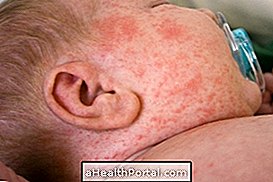
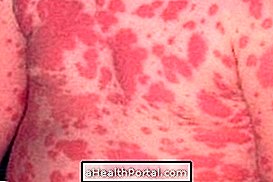
3. Brotoeja
How are the spots: reddish, itchy, and may appear small blisters. They are most common in the neck, abdomen, armpits or legs and during the summer.
How to treat: Keep your skin dry and clean, wear fresh clothes and pass an allergy cream prescribed by your pediatrician.
Learn more at: Brotoeja.
4. Toxic erythema
As are the spots: red, rounded, with poorly defined edges and slightly raised, may have a small white or yellow dot in the center. They arise mainly in the thorax, face, arms and butt, and last for about 2 weeks.
How to treat: There is no specific treatment because this is a harmless skin disease, but you can use hypoallergenic soaps and creams.
Learn more at: Erythema Toxic.
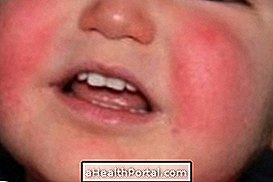
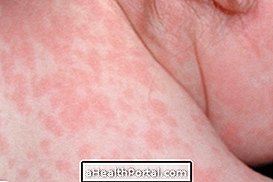
5. Slap disease
How are the spots: red and especially on the cheeks, may appear later on the back, belly, arms and legs. The slap disease is contagious, but at the stage where the spots appear, there is no longer any risk of transmitting the disease.
How to treat: Anti-histamine remedies and anti-thermal medicines and analgesics like Paracetamol prescribed by the pediatrician.
Learn more at: Treatment for slap disease.
6. Roséola
How are the spots: small and reddish or pink, which appear more often in the trunk, neck and arms. Roseola lasts about 7 days and is contagious, being transmitted through contact with saliva.
How to treat: medicines for fever such as Paracetamol-oriented pediatrician and the adoption of some care such as avoiding blankets and blankets, give baths with warm water and put a cloth wet in fresh water on the forehead and underarms.
Learn more at: Infant Roséola.
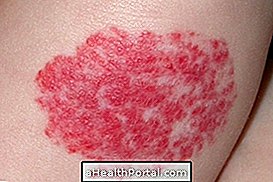
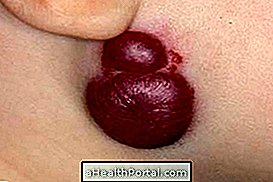
7. Hemangioma
As are the spots: reddish or purplish, with or without elevation and overhang. The hemangioma usually appears within the first 2 weeks of life, decreasing in size or disappearing up to 10 years of age.
How to treat: usually disappears alone, however, you can consult the dermatologist.
Learn more at: Hemangioma.
The red spots on the baby's skin may be related to diseases other than those mentioned, so it is very important to always consult your pediatrician or dermatologist. Check out our Complete Guide to Common Infant Diseases.
See too:
- Most Common Skin Problems in Baby
- What can cause changes in baby's stool

